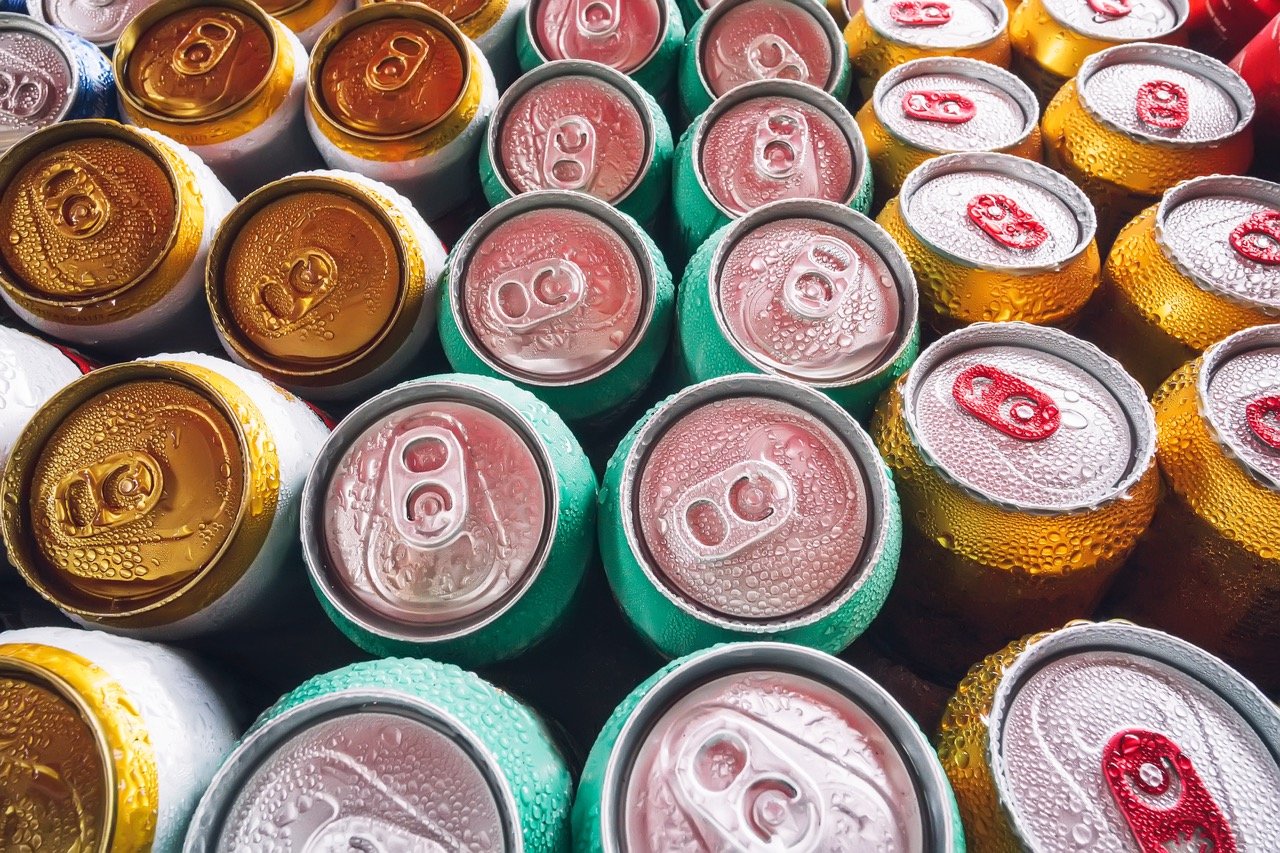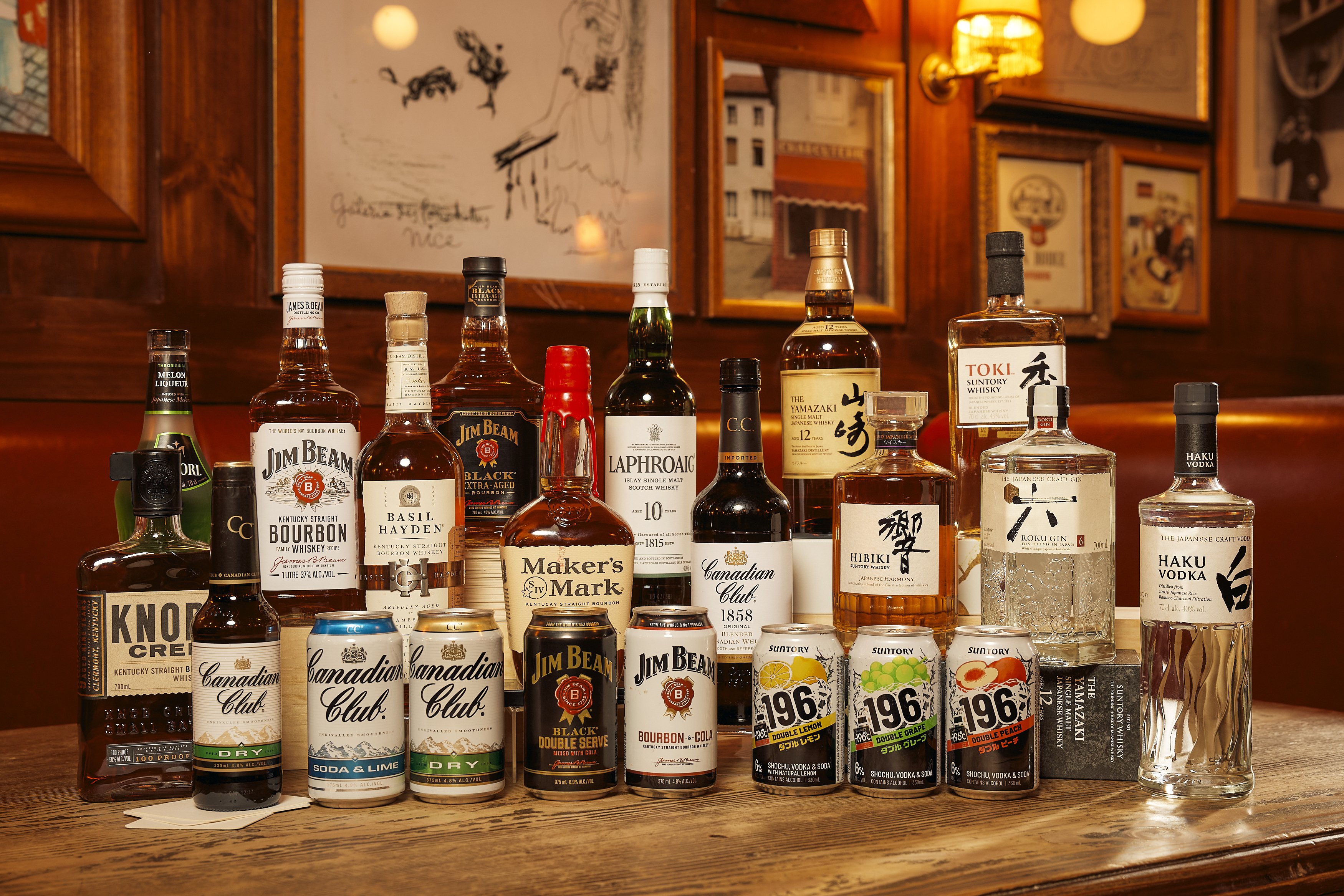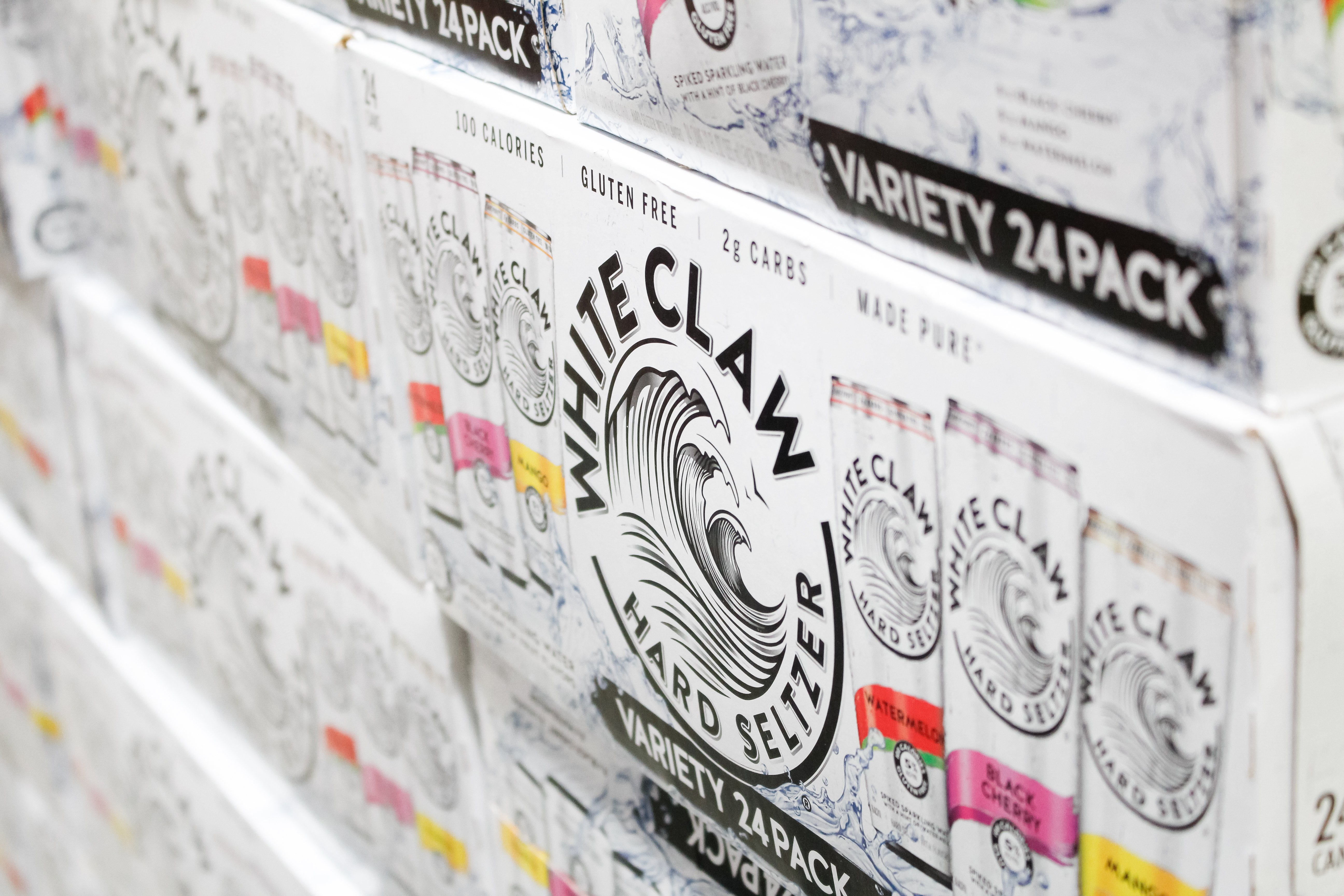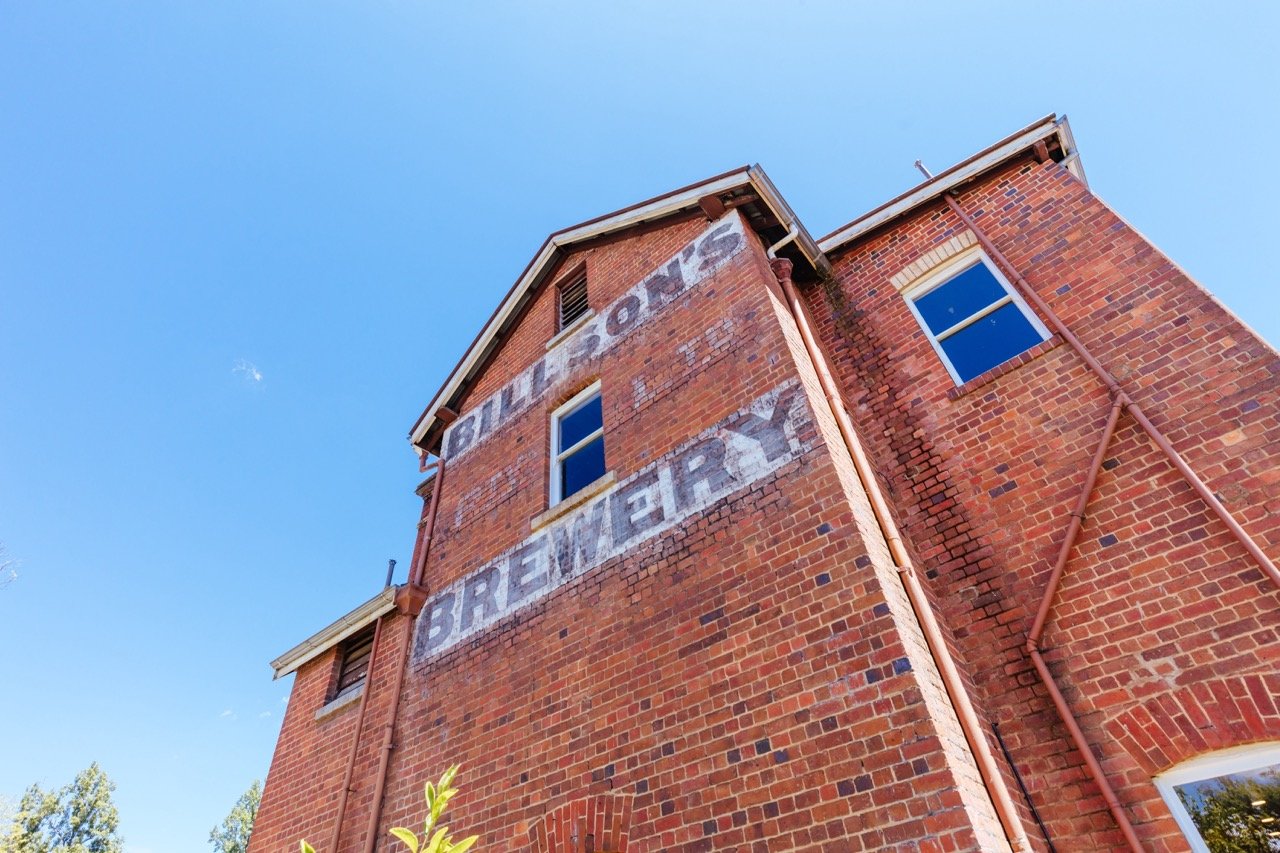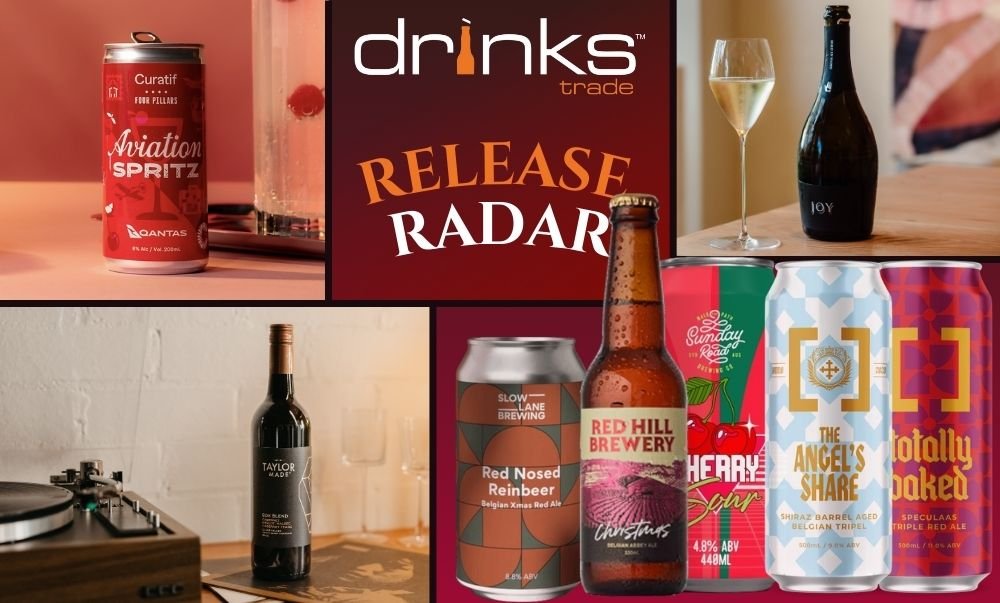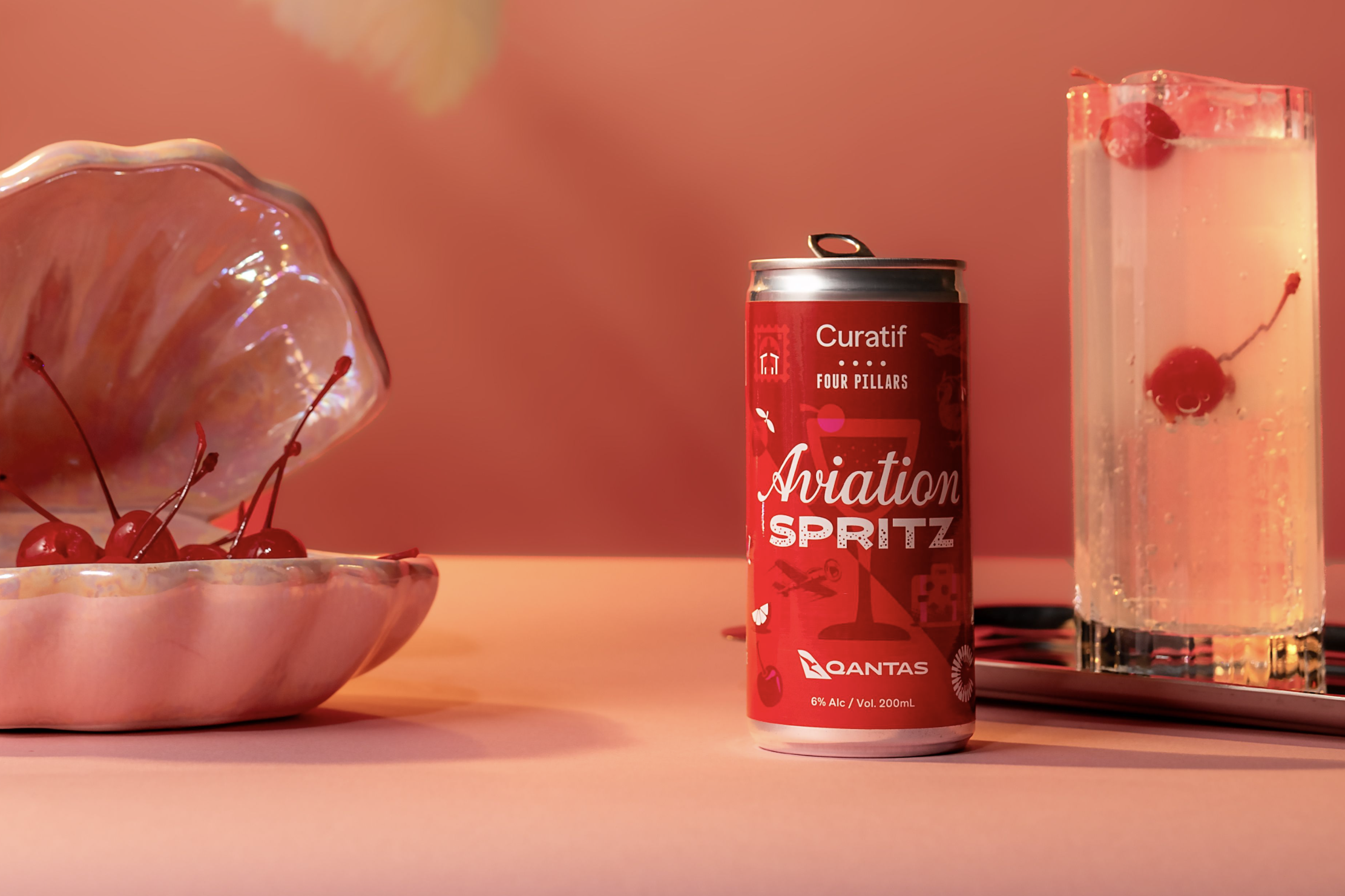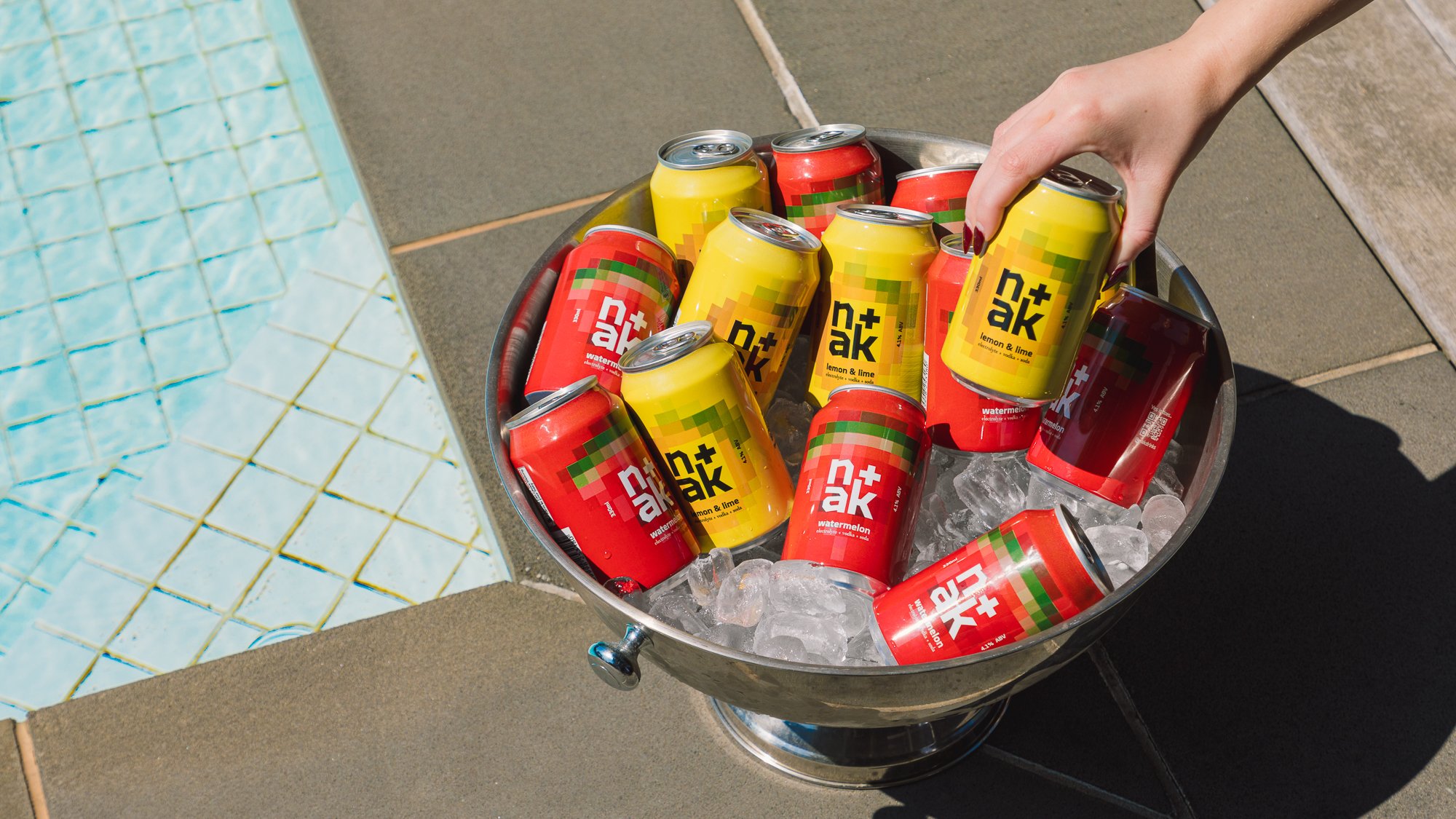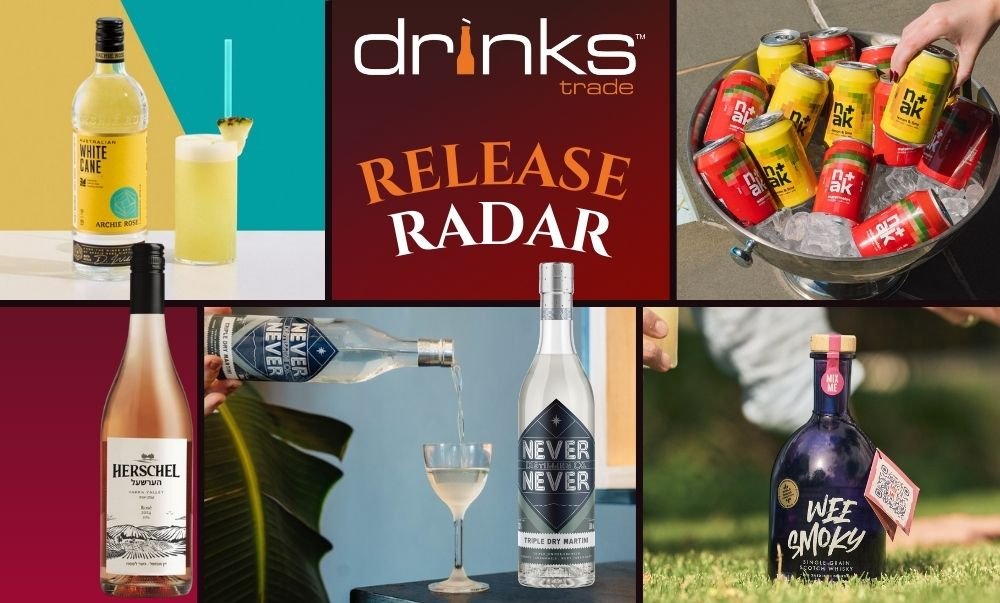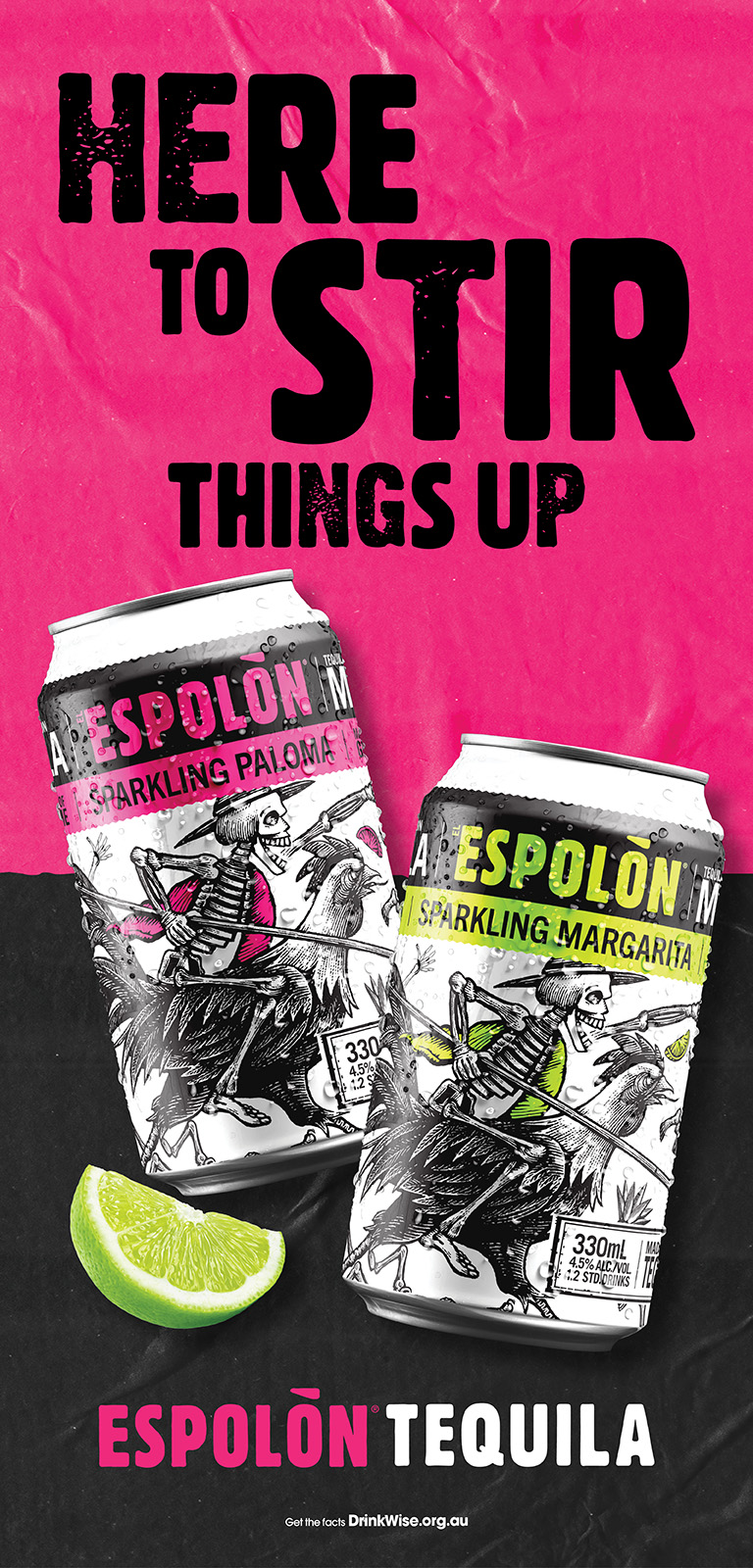According to the IWSR’s recently published RTD Strategic Study 2024, RTD volumes in Australia decreased by 1%, positioning it as the only top 10 global market to have contracted. Despite this, the same report forecasts a compounded volume growth rate of 3.5% for Australia over the five years from 2023 to 2028, an increase second only to Brazil’s +6%.
“Despite the slowdown in growth, RTDs are continuing to gain share of TBA [Total Beverage Alcohol] - a trend that we expect to continue throughout the forecast period, and particularly in the more established markets of Japan, the US, Australia and Canada,” said Susie Goldspink, Head of RTD Insights at the IWSR.
“As this occurs, RTD consumption is impacting other categories, so companies need to join or invest in the RTD market in order to combat this.”
The third largest RTD market globally, IWSR Head of Research APAC Sarah Campbell recently described Australia’s RTD sector as “a sizeable, mature category that is being reinvigorated by the refreshment and premiumisation trends.” Since 2018, it has experienced a compounded growth rate of +5%.
However, recent data from CGA by NIQ reveals that RTD sales in Australia have decreased 2.9% in value Due to Occasions per buyer, the most significant decrease out of all categories in the study. Despite this, these occasion-related losses were offset by 0.2% growth Due to [an increased number of] Buyers and 3.9% growth in purchases Due to Value per Occasion.
According to Richard Halstead, IWSR’s Chief Operating Officer of Consumer Research, “older consumer bases, such as those in Germany, Canada, the UK and the US, are more likely to drink less per occasion, while - perhaps unsurprisingly - markets with a larger younger consumer base see higher consumption intensity.”
Susie Goldspink added that “the UK, Japan, Brazil and Australia all report a decline in spirits consumption as a result of people drinking more RTDs, with other markets reporting a similar reduction in beer.”
The IWSR’s RTD Strategic Study 2024 concludes that the global RTD category is maturing rapidly, and should collectively anticipate sustained, albeit slower, growth. One of the expected outcomes of the category’s maturation is a decreased reliance on innovation.
“As innovation slows and the category becomes more established, connecting with the consumer is becoming increasingly important,” said Goldspink.
“Volumes continue to grow as we see less reliance on innovation to drive performance, and consumers wanting to minimise risk on new products they do not know.”
Another aspect of the Study reveals how brand association is becoming less important among RTD consumers globally. In 2022, IWSR recorded 57% of RTD consumers as saying it was a cue to purchase. Over the past two years, this figure has dropped to 49%.
Susie Goldspink said, “building brand awareness and loyalty is necessary to remain competitive… [and] local is still paramount: despite the isolated successes of a few international products, RTD brands enjoy success through local propositions and flavour appeal.
“At the same time, effective flavour options and variety packs are helping to sustain growth in many markets, especially among younger consumers – and innovation remains key to engaging with this age cohort.”
//
Planning to launch an RTD? These are five questions to consider
Why Australia’s RTD market is more difficult for new entrants
Share the content
